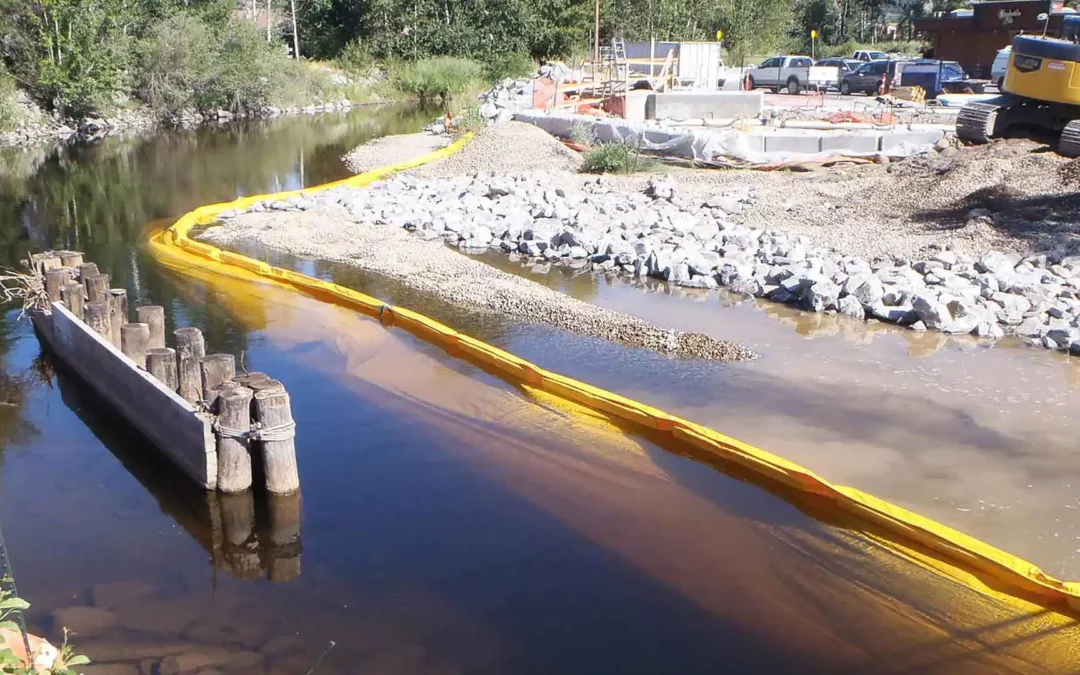[fusion_builder_container type="flex" hundred_percent="no" hundred_percent_height="no" min_height_medium="" min_height_small="" min_height="" hundred_percent_height_scroll="no" align_content="stretch" flex_align_items="flex-start" flex_justify_content="flex-start"...
Categoría:
Turbidity Control for Water Access
[fusion_builder_container type="flex" hundred_percent="no" hundred_percent_height="no" min_height_medium="" min_height_small="" min_height="" hundred_percent_height_scroll="no" align_content="stretch" flex_align_items="flex-start" flex_justify_content="flex-start"...
Five Important Considerations for Saltwater Projects
[fusion_builder_container type="flex" hundred_percent="no" hundred_percent_height="no" min_height_medium="" min_height_small="" min_height="" hundred_percent_height_scroll="no" align_content="stretch" flex_align_items="flex-start" flex_justify_content="flex-start"...

Barerras Antiturbidez utilizadas durante el reemplazo de un puente, en Salmon Arm, B.C., Canadá
What does this picture show? This picture is great because it gives us a chance to see the cloudy water (silt/sediment) within the Floating Turbidity Barrier. And it also allows us to see the clean and clear water on the exterior part of the curtain. Please note...

